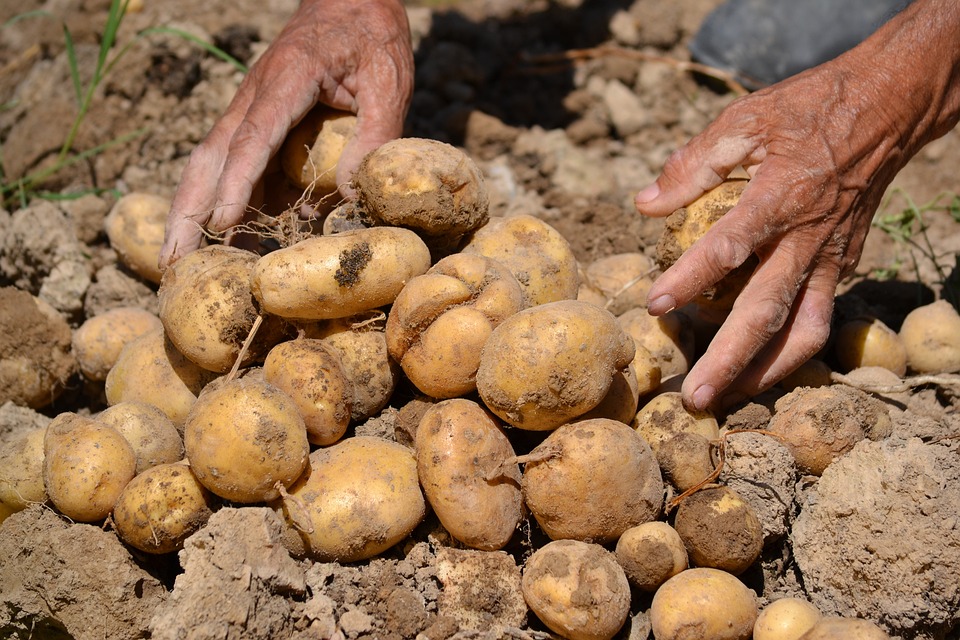Living off the grid has been one of the most rewarding experiences of my life. Being able to grow my own food sustainably has not only provided me with fresh and nutritious produce, but has also allowed me to reduce my carbon footprint and live in harmony with the environment. If you’re looking to go green and try your hand at sustainable gardening, you’re in the right place. In this article, I’ll be sharing with you the top sustainable gardening techniques that you can start implementing today to create a more eco-friendly and self-sufficient garden.
One of the key principles of sustainable gardening is nurturing the soil. Healthy soil is the foundation of a successful garden, providing plants with the nutrients they need to thrive and reducing the need for synthetic fertilizers. To improve the health of your soil, consider implementing techniques such as composting, cover cropping, and mulching. Composting is a great way to recycle kitchen scraps and yard waste into nutrient-rich organic matter that can be used to feed your garden. Cover cropping involves planting crops like clover or legumes in between your main crops to improve soil structure and fertility. Mulching helps to retain moisture in the soil, suppress weeds, and regulate soil temperature.
To further enhance the sustainability of your garden, consider practicing water conservation techniques. Water is a precious resource, and by using it wisely in your garden, you can reduce waste and lower your water bill. One effective way to conserve water is by implementing a rainwater harvesting system. Collecting rainwater in barrels or cisterns allows you to use this free source of water to irrigate your garden, reducing the need for tap water. Drip irrigation is another water-saving technique that delivers water directly to the roots of plants, minimizing evaporation and runoff.
In addition to nurturing the soil and conserving water, another important aspect of sustainable gardening is promoting biodiversity. By creating a diverse ecosystem in your garden, you can attract beneficial insects, birds, and other wildlife that help to control pests and pollinate plants. Planting a variety of flowers, herbs, and vegetables not only adds beauty to your garden but also increases its resilience to pests and diseases. Avoiding the use of chemical pesticides and herbicides allows beneficial insects like ladybugs and bees to thrive, contributing to a healthier and more balanced ecosystem.
Pro Tips:
– Start small and gradually expand your garden as you gain experience. It’s better to have a small, well-maintained garden than a large, overwhelming one.
– Get to know your local climate and soil conditions to choose plants that are well-suited to your area. Native plants are often a good choice as they are adapted to the local environment.
– Embrace the imperfections of nature in your garden. Not every plant will thrive, and that’s okay. Learn from your failures and celebrate your successes.
By implementing these sustainable gardening techniques, you can create a vibrant and eco-friendly garden that provides you with fresh, organic produce while benefiting the environment. Going green in your garden is not only good for the planet, but also for your health and well-being. So roll up your sleeves, get your hands dirty, and start gardening sustainably today!



